详细说明
Species Reactivity
Human
Specificity
Detects human GCN2 when phosphorylated at T899 in Western blots.
Source
Polyclonal Rabbit IgG
Purification
Antigen Affinity-purified
Immunogen
Phosphopeptide containing human GCN2 T899 site
Formulation
Lyophilized from a 0.2 μm filtered solution in PBS with Trehalose. *Small pack size (SP) is supplied as a 0.2 µm filtered solution in PBS.
Label
Unconjugated
Applications
Recommended
ConcentrationSample
Western Blot
0.5 µg/mL
See below
Please Note: Optimal dilutions should be determined by each laboratory for each application. are available in the Technical Information section on our website.
Data Examples
Western Blot | Detection of Human Phospho-GCN2 (T899) by Western Blot. Western blot shows lysates of 293T human embryonic kidney cell line and HeLa human cervical epithelial carcinoma cell line untreated (-) or treated (+) with 20 mJ/cm2 ultraviolet light (UV) with a 30 minute recovery. PVDF membrane was probed with 0.5 µg/mL of Rabbit Anti-Human Phospho-GCN2 (T899) Antigen Affinity-purified Polyclonal Antibody (Catalog # AF7605) followed by HRP-conjugated Anti-Rabbit IgG Secondary Antibody (Catalog # ). A specific band was detected for Phospho‑GCN2 (T899) at approximately 190 kDa (as indicated). This experiment was conducted under reducing conditions and using . |
Preparation and Storage
Reconstitution
Sterile PBS to a final concentration of 0.2 mg/mL.
Shipping
The product is shipped at ambient temperature. Upon receipt, store it immediately at the temperature recommended below. *Small pack size (SP) is shipped with polar packs. Upon receipt, store it immediately at -20 to -70 °C
Stability & Storage
Use a manual defrost freezer and avoid repeated freeze-thaw cycles.
12 months from date of receipt, -20 to -70 °C as supplied.
1 month, 2 to 8 °C under sterile conditions after reconstitution.
6 months, -20 to -70 °C under sterile conditions after reconstitution.
Background: GCN2
GCN2 (General Control Non-derepressible 2-like protein; also eIF2a kinase 4) is a 190-200 kDa member of the GCN2 subfamily, Ser/Thr kinase family, protein kinase superfamily of proteins It is widely expressed, being found in skeletal muscle cells, fibroblasts, hepatocytes and neurons. GCN2 is a key regulator of metabolism under nutrient deprivation. In particular, when essential amino acids (aa) are limiting, tRNAs exist that are unbound to amino acids. These “uncharged” tRNAs will bind to GCN2, activating the molecule. Through GCN2-mediated phosphorylation of eIF2a, promotes GCN4 synthesis, with subsequent activation of amino acid synthesizing enzymes, and a downregulation of lipid storage. Human GCN2 is 1649 aa in length. It possesses one RWD domain (aa 25-137), two protein kinase domains (aa 296-539 and 590-1001) and an extended His-RS-like region (aa 1021-1492). There are at least three utilized Ser/Thr phosphorylation sites. Two isoform variants exist. One shows a deletion of aa 774-801, while another contains a nine aa substitution for aa 608-1649. Over aa 22-139, human GCN2 shares 91% aa sequence identity with mouse GCN2.
Long Name:
General Control Nonrepressed 2-like Protein
Entrez Gene IDs:
440275 (Human); 27103 (Mouse); 114859 (Rat)
Alternate Names:
EIF2AK4; eukaryotic translation initiation factor 2 alpha kinase 4; eukaryotic translation initiation factor 2-alpha kinase 4; GCN2; GCN2GCN2 eIF2alpha kinase; GCN2-like protein; KIAA1338EC 2.7.11.1




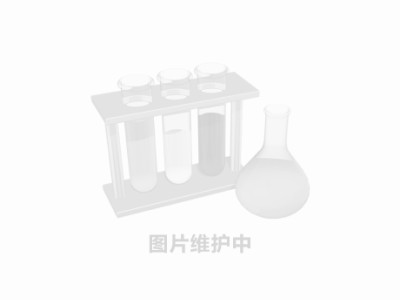


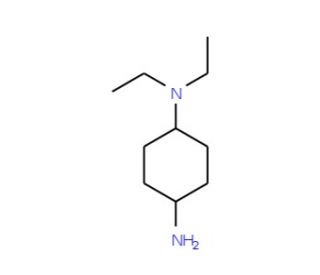
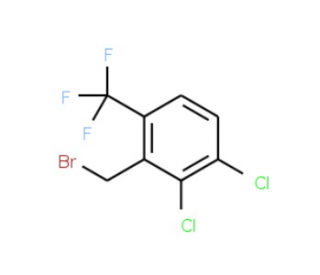
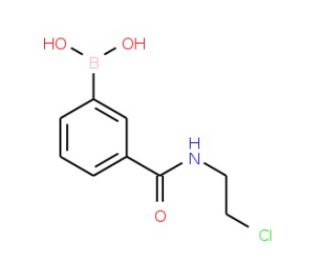
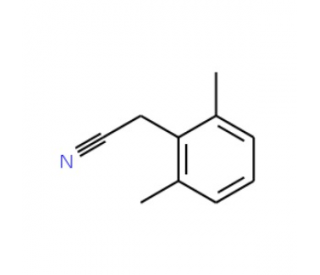
 粤公网安备44196802000105号
粤公网安备44196802000105号